When Health Beat last wrote about Jessica Jaskowiak, she was undergoing an intricate surgery at Spectrum Health Helen DeVos Children’s Hospital.
The surgery aimed to move her entire face and forehead forward with the installation of a rigid distraction device, more commonly known as a halo.
Good news to report—the halo is off, and the 11-year-old is “looking dynamite” according to pediatric plastic and craniofacial surgeon John Polley, MD.
Jessica and her family recently journeyed from their Illinois home to meet with Dr. Polley in his Michigan Street office.
Born with Crouzon syndrome, a condition which severely stunts facial bone growth, Jessica suffered from bulging eyes, impaired hearing, breathing difficulties and a malformed face.
Crouzon syndrome occurs in 1 in every 40,000-60,000 births.
Jessica’s Aug. 11 surgery at Helen DeVos Children’s Hospital changed much of that. She’s breathing better, her appearance is more normalized and she’s back at school as much as possible.
Her parents, Lynn and Paul, are amazed at the transformation.
“She looks more defined,” Lynn said of her daughter’s facial structure.
Paul said Jessica now more closely resembles her mom. He’s also pleased she’s breathing better.
“I can blow my nose,” Jessica said.
When Dr. Polley walked into the exam room for this Monday morning appointment, Jessica embraced him with a warm hug.
“Jessie,” Dr. Polley said, returning the embrace. “You’re looking dynamite. I have a question for you. Do you miss the halo?”
Jessica laughed at the rhetorical question. No way. She’s happy to be on this side of the surgery that she and her family had been planning for all her life.
“We’ve known since the day she was born that this was pretty much the course,” Lynn said. “We connected with Dr. Polley (when he worked in Chicago) when Jess was 2 or 3. We knew we needed somebody who lived and breathed this surgery, someone who didn’t just do a couple of these a year.”
Dr. Polley is a pioneer in this field, coming up with the rigid external distraction system for craniofacial surgery.
Dr. Polley breaks or cuts bone in the affected area, which signals the body to grow more bone. He attaches metal plates and a halo device to slowly stretch the area, which ultimately makes the body create more bone.
When Dr. Polley performed Jessica’s surgery back in August, he set the stage for advancing her entire face and forehead, everything from the top of her head to her lower jaw.
Dr. Polley dubbed it “the biggest procedure we do in pediatric plastic surgery.”
Jessica walked into her follow-up appointment with confidence, stating she had “a lot of questions” to ask.
Could she resume phys-ed classes? Swing on her swing set? Ride a scooter?
Yes on those counts. Helmet required for a scooter.
Dr. Polley asked her to open her mouth and bite down.
“The teeth look really good,” Dr. Polley said. “And look at those cheeks. I’m really proud of you. You did really good. You look dynamite, sweet pea.”
Jessica beamed as wide as her newly-shaped jaw would allow.
Her parents did relay one complication–Jessica has reported blurry vision in her right eye, but Dr. Polley said he expects that will improve in the next year to 18 months.
“There’s a remarkable ability when the (optic) nerve tissue has been stretched for it to regenerate,” Dr. Polley said.
For several weeks, Lynn and Paul turned screws on Jessica’s halo device to promote bone growth of about 1 millimeter per day.
Dr. Polley said Jessica’s face moved forward about 18 to 22 millimeters during the treatment.
As her appointment concluded, Jessica asked Dr. Polley if she could read him an essay she wrote for school titled “The Best Thing that Ever Happened to Me.”
The best thing? Her surgery.
It reads in part: “Dr. Polley is a cool guy. He did a good job taking care of me and he liked giving me hugs. He liked me the best and said I was the good patient. I was a good patient because I kept reminding myself that things would only hurt for a minute, and I kept telling myself I could do it.”
Dr. Polley smiled, and embraced his prize patient.
“I’m really happy with how she looks,” Dr. Polley said. “She can close her eyes. She’s got great cheeks. When she’s 15 or 16 we’ll give her a little bit of a nasal bridge. There’s some stuff coming down the pike for her, but not of this magnitude.”
At that time, Dr. Polley also plans to lift Jessica’s eyes a bit more.
“Eventually, we’ll bring the lower jaw a little bit more forward to get her teeth right on then we go from there,” Dr. Polley said. “I don’t think we’ll need a halo for that.”
But after all the Jaskowiaks have been through, Dr. Polley encouraged them to relax for a time and enjoy the results so far.
“For the next six months, just forget about everything and take a breather,” Dr. Polley said. “She’ll do really, really well these next six months. She’ll sleep. She won’t be as tired. She’ll really pick up steam.”
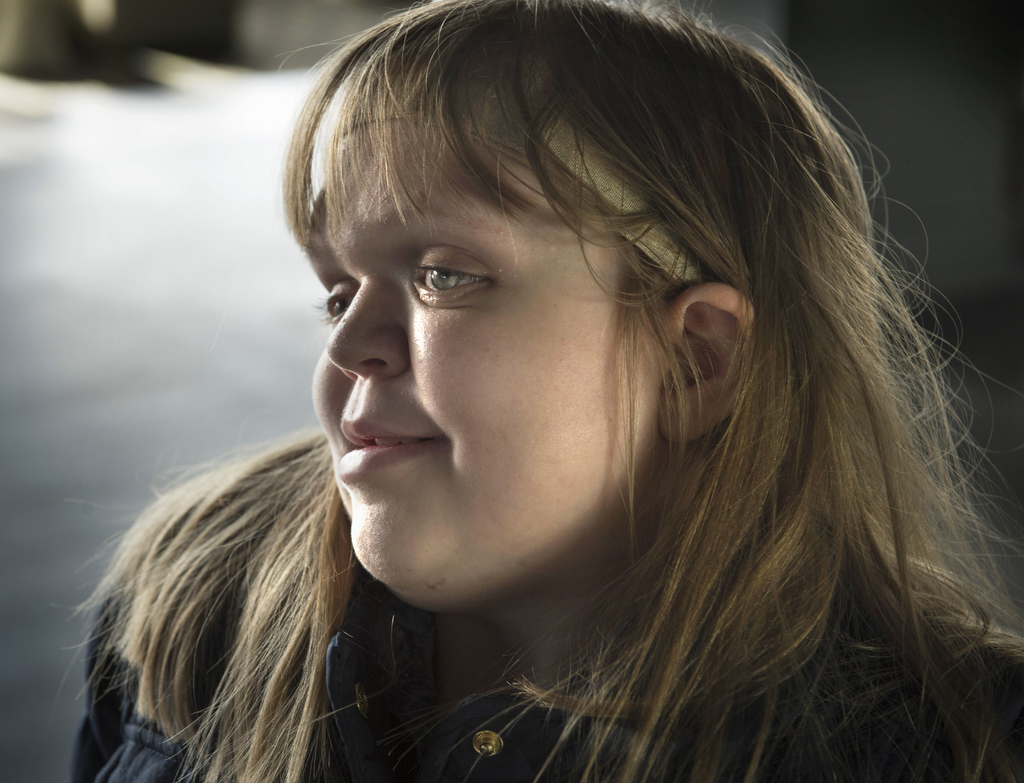
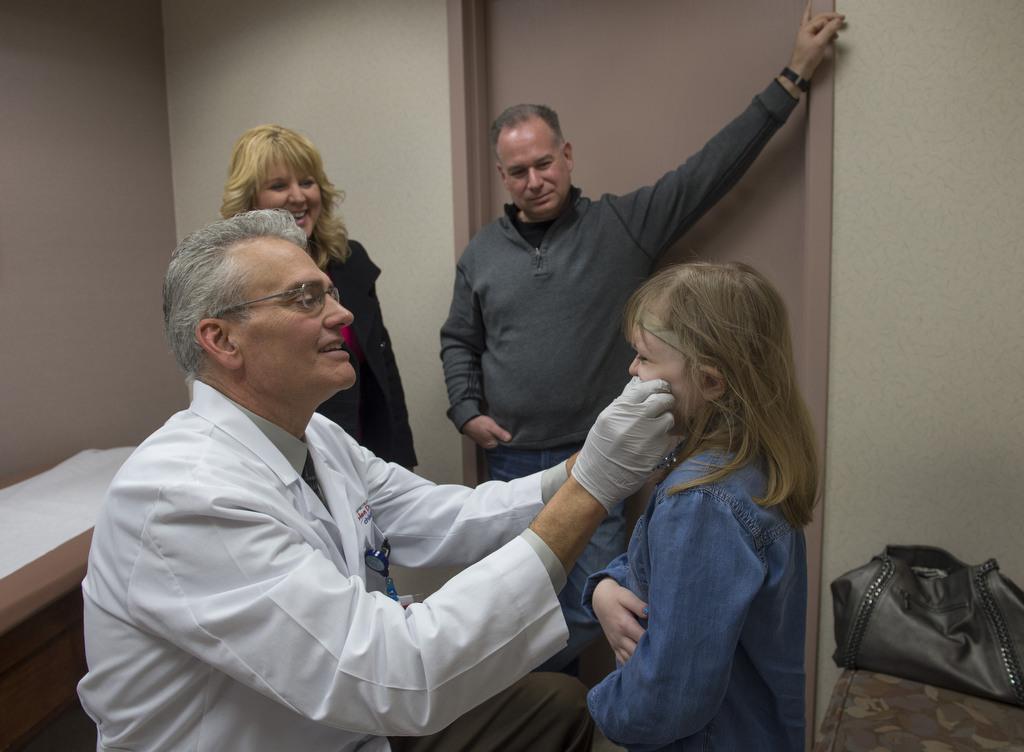

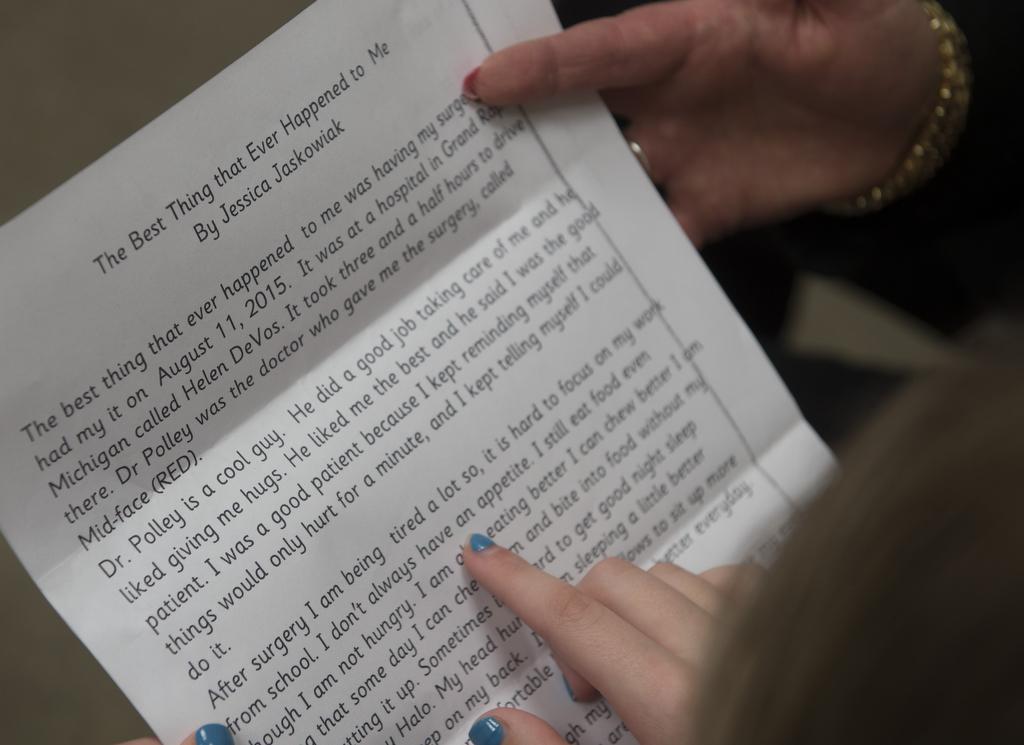
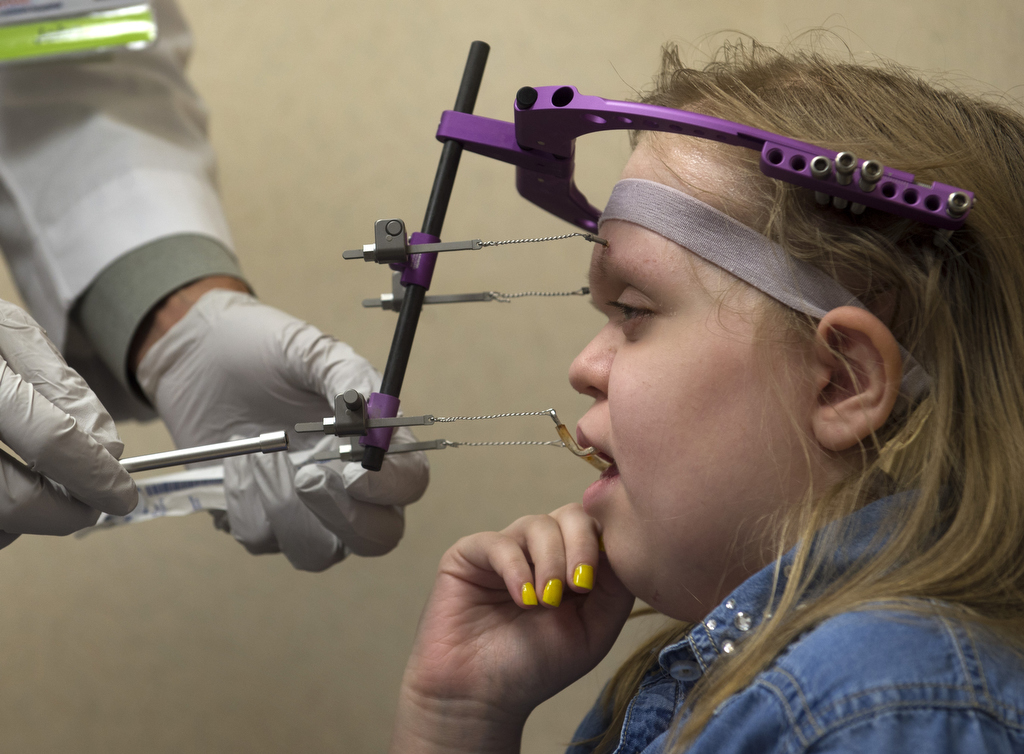
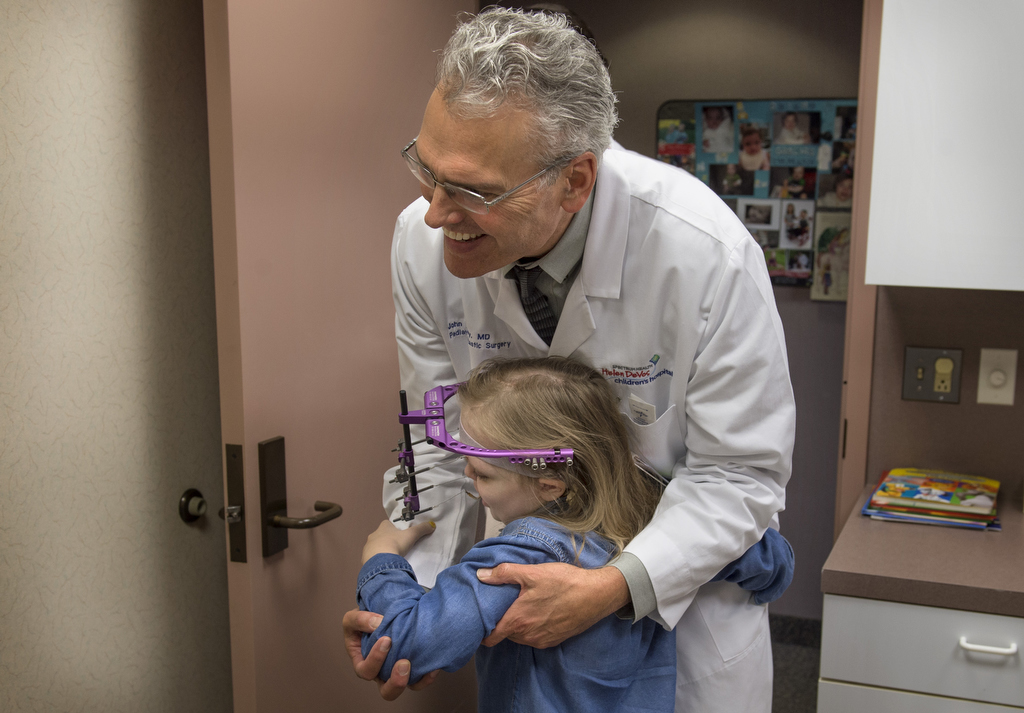
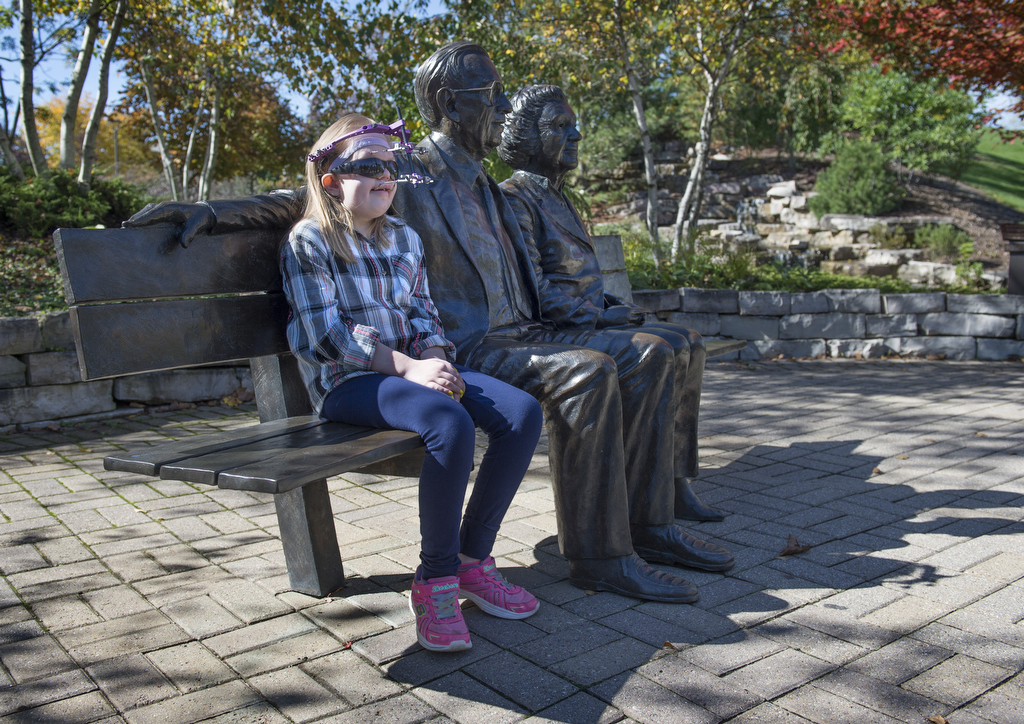
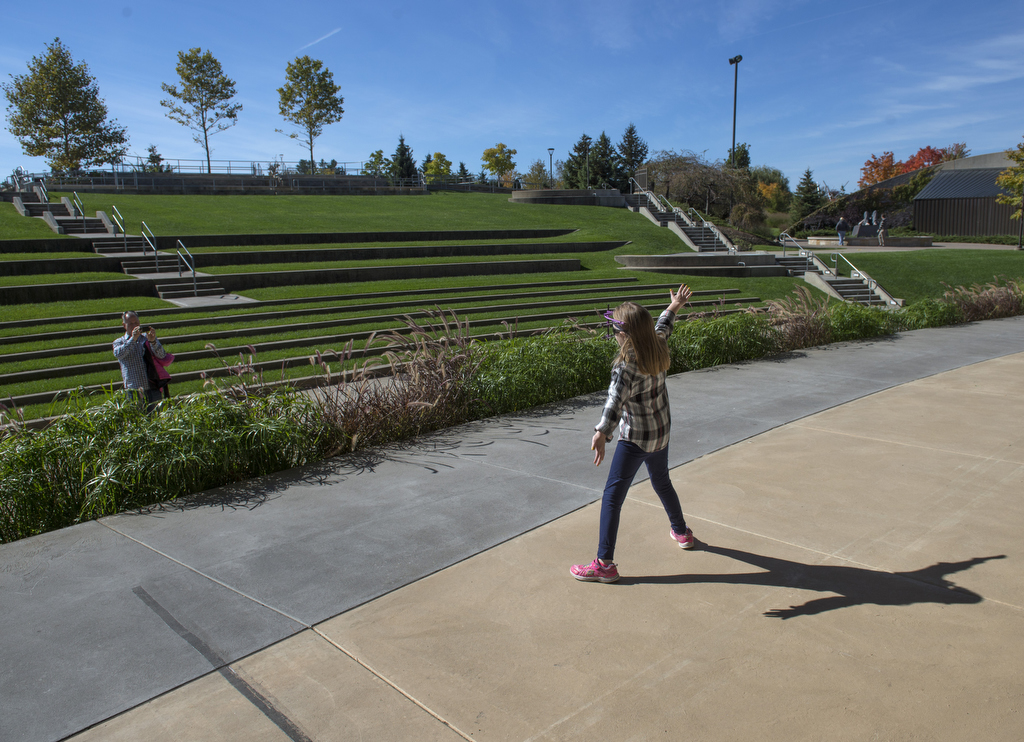
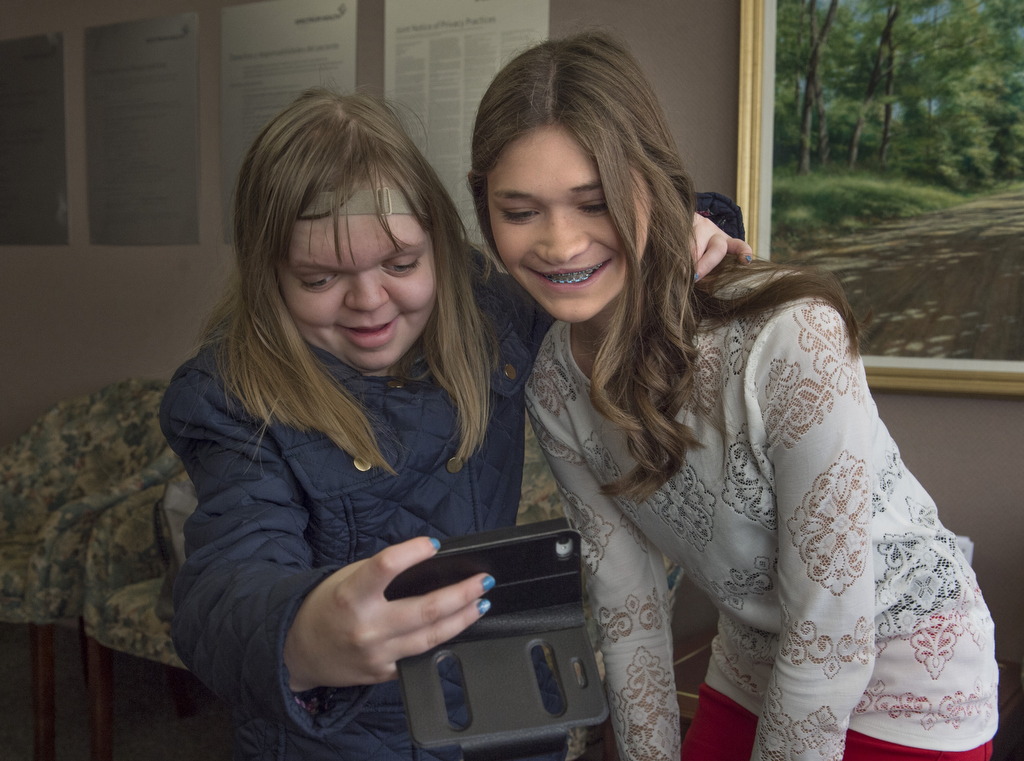
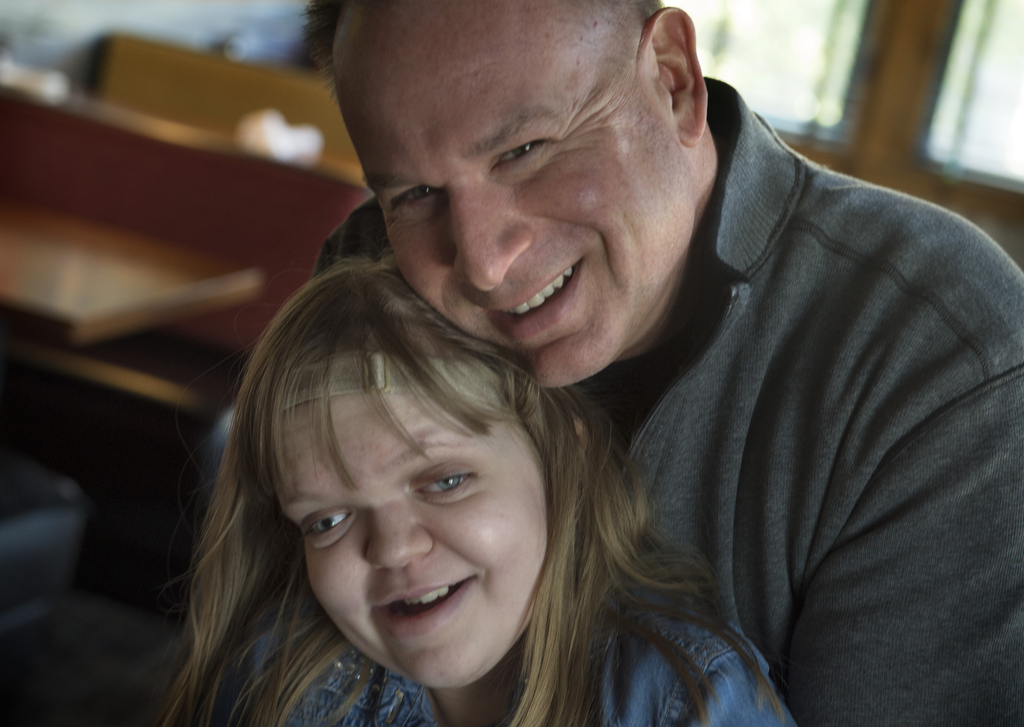
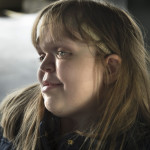

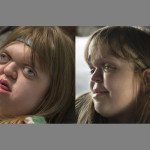
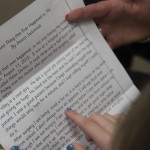
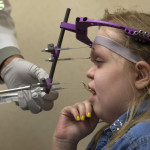
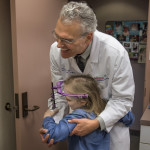






 /a>
/a>
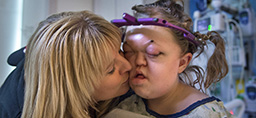 /a>
/a>
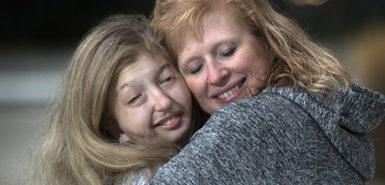 /a>
/a>
Jessica…you always had the light in your eyes before the surgery and it still shines bright after the surgery. You are a beautiful girl inside and out. Here’s to your beautiful life and all that lies ahead for you!